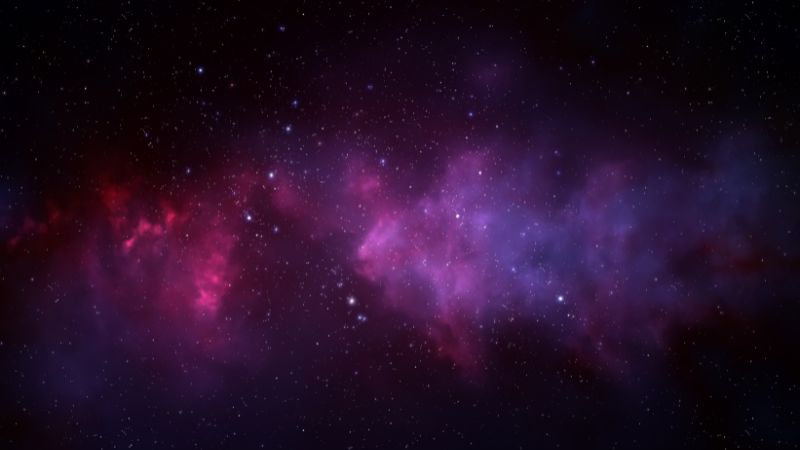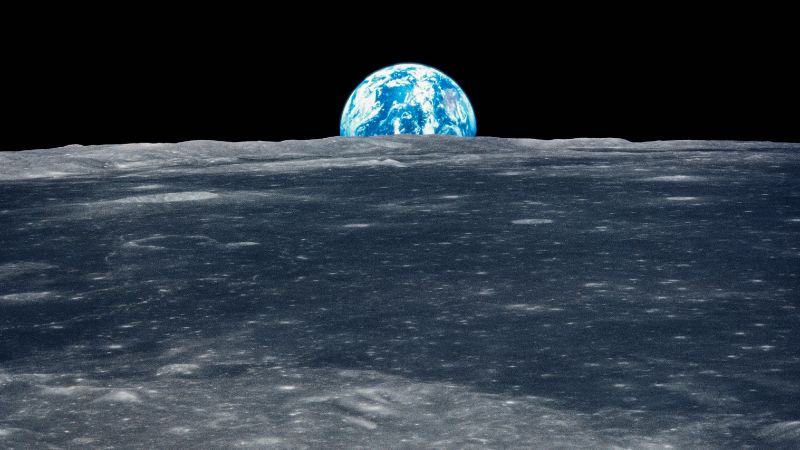The 6 Differences Between Space And Universe (With table)
The world above us is gigantic, and we tend to use words like space, universe or galaxy as if they had the same meaning. Well, it’s not the case, and I will explain the differences between space and universe in this article.
As a whole, the main difference between space and universe is that space is a subpart of the universe. The universe is infinite and includes everything: planets, stars, comets and black holes, while space is mainly used to measure distances between celestial objects.
We’ll now see in details the key differences between space and universe, especially their sizes, contents and origins.
Size
To understand which is bigger, we need to understand what each of these elements is measuring.
The universe is the size of all physical matter and energy. It contains all the galaxies, stars, and planets in existence. It’s been expanding since the Big Bang.
The observable universe is currently 46 billion light years. This is the area that we can view through telescopes and probes. Though, it’s been estimated that the universe is much larger than this. Some scientists believe that it will be 92 billion light years. Though the universe may be infinite. Because of this, it is impossible to quantify how large it will be.

Space, on the other hand, is a part of the universe. It’s a way of measuring the distance between objects.
Unlike the size of the universe, it is possible to determine how much space there is. For example, the moon is 384,400 km away from Earth. On the other hand, Proxima Centauri is 4.2 light years away from Earth. This empty space is the most abundant part of the universe.
It should be noted that space doesn’t have to refer to cosmic scales. For example, there will be space between the ceiling and the floor. Space can even be found between the protons and electrons in atoms.
Types of Objects Included
The next thing to consider is what type of things will be included.
The universe is fairly easy to define. It contains all matter and energy. This includes things like planets, stars, comets, and black holes. It should be noted that time is also an element of the universe.
Because of how large the universe is, it’s common to break it down a little into more manageable chunks to be studied. These will include:
- Solar systems. These are a cluster of planets and stars. These are the basic components of a galaxy.
- Galaxy. The universe is a collection of galaxies. It’s believed that there could be thousands of galaxies within the universe.
There is a multitude of celestial objects that can be observed in the universe. This provides a huge array of areas for scientists to study. Space can also be observed. It will appear as a black void.
But that doesn’t mean that space is empty. There might be some types of energy that can flow through space. This can include things like:
- Cosmic rays
- Magnetic fields
- Radio waves
- Dark matter
- Solar wind
- Dust
- Radiation
Origins
The exact origins of the universe are still a mystery. Scientists believe that it started with the big bang.
Before the big bang, it’s likely that the universe was comprised largely of space. However, the big bang led to the introduction of matter, and the universe as we know it was born. Ever since the force of the big bang means that it has been expanding.
As it grows, space will shift. The universe is expanding, so the distances between celestial objects will vary over time.
Where it Begins
Since the universe comprises everything that exists, it’s impossible to define where it begins or ends. However, this isn’t the case with space. It’s agreed within the scientific community that outer space begins at the Karmen Line. This is roughly 100 kilometers (22 miles) above the Earth.

The reason why this line was chosen is that it’s where the oxygen starts to vanish from the Earth’s atmosphere. Because of this, you will no longer have a blue sky above you. Instead, you will be looking up at the blackness of space. Furthermore, you’ll need a rocket to fly above the Karmen Line. Since there isn’t any oxygen up there it will be impossible for a conventional aircraft to function.
There are a few other ways that space might be classified:
- Geospace. This is the area that is immediately above the Earth. It includes our atmosphere and magnetosphere.
- Interplanetary space. This applies to the celestial bodies within our solar system.
- Interstellar space. This applies within a galaxy system.
- Intergalactic space. This term is used to measure the distances between galaxies.
Reasons For Studying
Both space and the universe are active areas of investigation amongst scientists around the world. However, they are looking for slightly different things in each area.
When studying space, scientists will be interested in measuring the distances between celestial objects. By knowing how much this expands or contracts over time, it can give hints about the wider universe. For example, scientists know that the universe is expanding because the space between Earth and other celestial objects is growing. The study of space is largely limited to astrologists and physicists.
On the other hand, there are dozens of ways that the workings of the universe can be studied. Sometimes, it can be astrologists observing alien planets through a telescope. At other times, a physicist might be conducting experiments on dark matter in their lab. Though, technically, all scientific breakthroughs help us understand a little more about the universe and how it works.
It should be noted that measuring space has more practical benefits than measuring the size of the universe. If we know how far celestial objects are, we can start to make plans for how humans will be able to get to them. On the other hand, it’s likely that the size of the universe will always remain a theoretical concept.
How it is Measured
As we mentioned, the size and scope of the universe is likely to be infinite. Because of this, scientists will often use the term light year when discussing the size of the universe. This is the distance that a ray of light will be able to travel in a year.
The reason this term is used is that it’s a measure of time, as well as distance. When we see something that is ten light years away, we are observing it as it was ten years ago. Furthermore, it’s used because our space vehicles will be limited to the speed of light. Even hypothetical physics is struggling with faster than light travel. So, measuring in this way it’s a good way of figuring out the scope of potential exploration.
In many cases, space will be measured in light years. This is especially common for planets that are a long way from Earth. However, we can also look at the space between relatively close items. For example, we can measure objects in our solar system by miles or kilometers. Sometimes, though, you can measure the space between objects in your home. In this case, you might use centimeters or millimeters.
Comparison Table
Here’s a quick recap of the biggest differences between space and the universe:
| Space | Universe | |
| Size | Space makes up a significant part of the universe, but there is a finite amount of space | The universe is likely infinite. It comprises space, time, and all the celestial objects. |
| Types of Objects | To the naked eye, there isn’t anything in space. But things like dust, radio signals, and radiation will fill the empty area. | The universe comprises everything that exists. This includes planets, comets, and black holes |
| Origins | It’s possible that space existed before the big bang | The universe as we know it was formed in the big bang |
| Where it begins | Outer space will begin at the Karmen Line, which is around 100 kilometers above the Earth | It’s impossible to determine a start or end point. |
| Reasons to Study this Phenomenon | Helping to plan future space travel | A greater understanding of how the world works |
| How is it measured | Often measured in light years. Though it might be recorded in kilometers or inches, depending on what space you are measuring. | Most commonly it will be measured in light years. |






